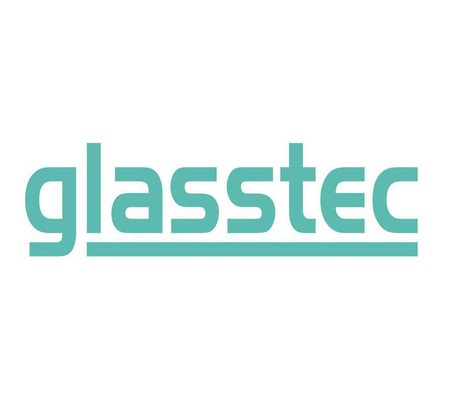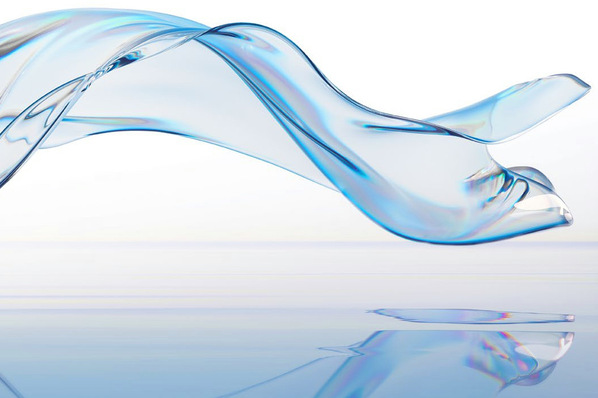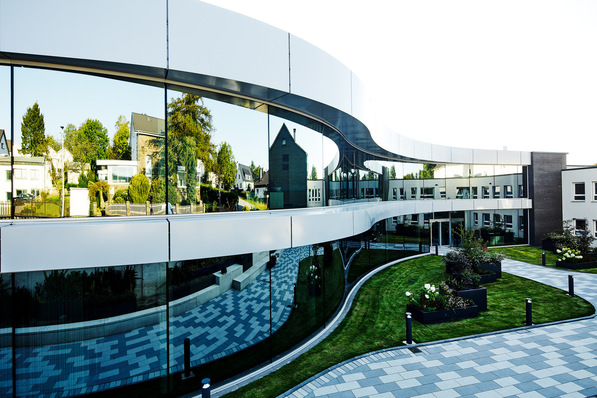‘It is often assumed that the danger only exists in very tall buildings or with heavily glazed fronts,’ explains Dr Thomas Rainer, authorised signatory at Hegla boraident. ’These factors do increase the risk. However, the environment also has a major influence.’
The more plants are reflected in the glass, the greater the attraction for birds to fly into a pane. ‘Bird strikes are regularly underestimated, especially in new buildings,’ explains Dr Thomas Rainer. Depending on the exterior facade, location and surroundings, fatal collisions are becoming increasingly common, and damage to the facade may also occur.
Retrofitting bird protection glass
‘Dead birds can have a negative impact on the image of public and prestigious buildings in particular. I'm thinking of Berlin Airport, for example. A protective pattern on the glass can prevent bird strikes,’ says Dr. Rainer. ’With BIRDfriend mobile, we have set ourselves the task of retrofitting windows or facades with bird protection.’

Hegla boraident
To process an insulating glass unit, the operator fixes the BIRDfriend laser unit to the surface using glass suction cups. The imprint is then applied automatically line by line. Additional mounting gauges are adjustable and enable precise row guidance.
Triple protection with UniColor
‘The UniColor process gives us triple protection,’ says Dr. Rainer. Depending on the properties of the glass and its coating, dots are created at intervals of 5 to 9 cm, which make it impossible for birds to fly through.
The principle is simple: the wingspan of a songbird would not fit through the gaps. The optionally semi-transparent or opaque pattern has a second effect, altering the reflection of the surroundings. A tree or bush reflected in the glass loses its deceptive appeal. A UV reflection of the dots, visible to birds, is a third warning signal and offers additional protection.
‘For maximum effectiveness, we finish the outside of the pane,’ says Thomas Rainer. ’The protective function for birds is particularly high on the outer pane at position 1 and is reliable even when the sun is shining strongly.’
In the UniColor process, ceramic particles are transferred to the glass by laser. The surface remains undamaged.
The mobile laser is based on the UniColor printing process, which has already been used for finishing in the stationary Laserbird. The print is high-resolution, lightfast, scratch-resistant and weatherproof.
The protective pattern was confirmed as effective in scientific studies conducted by the American Bird Conservancy (ABC) in 2021, as Dr Thomas Rainer emphasises.

Hegla boraident














